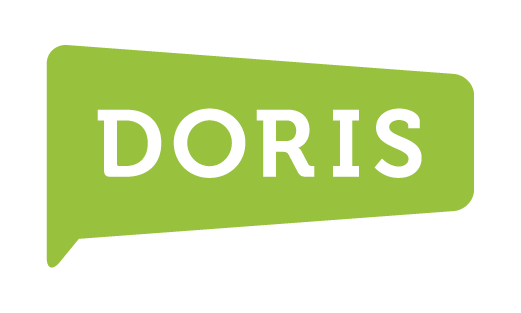Remember that class you took while working on your MBA called “How to Manage Your Workforce Remotely During a Pandemic”? Me either, but then again, I earned a Master of Fine Arts. I took a few graduate classes in the business school, but I don’t recall any class offered about remote work or pandemics—and I should know as I fit the demographic of “oddly curious” and would have taken that class.
I’m sure there would have been a few others who would have taken that class, and we would have been collectively killing it right now! Unfortunately, that exact class doesn’t exist yet and, as it turns out, many individuals working in middle management don’t feel like they are killing it right now. In fact, our data shows that they are confused and unclear about their roles and responsibilities.
Want more of Sam's wisdom?
Don’t miss a single word. Click the button below to subscribe to the IBJ for more columns like this!
Those in middle management are wonderful problem solvers. The logistical burden of transitioning the entirety of their teams to working remotely, while also figuring it out for themselves, falls squarely on their shoulders. It’s the old saying, “They are building the plane while it’s flying.” Our data indicates that folks in middle management are conducting the majority of an organization’s strategic meetings right now. It might not be a surprise that those middle managers are outpacing individual contributors in these meetings, but it does seem interesting that they are working on more strategic efforts than even their executive leadership teams.
Middle managers who work at an organization where robust remote work policies were not in place prior to the pandemic are increasingly the go-between for individual contributors and executive leaders—even more than they were in the past, when the physical office environment facilitated more interactions between those two groups. Whereas the physical office space allowed the opportunity for executive leadership and individual contributors to have some meetings, either by happenstance or scheduling, working remotely introduces more intention and formality to the encounters; so, both groups default to their go-to, the middle manager.
What’s interesting is our data also indicates that individuals at all levels within an organization believe they are bringing more innovation to work each day personally than they were before the pandemic hit. Yet when they talk about innovation, what they actually describe are new ways of working within their teams in a remote world, not necessarily innovating on new products or services.
At DORIS, what we find so exciting about looking at all of this data is that we’ve cracked open a space of opportunity in people’s brains, forcing them to look at their jobs and the world in a different way. We are relying on a somewhat untrained middle management group to keep everyone in line, and they are feeling the pain of this effort. The opportunity lies in capitalizing on people’s momentum and individuals’ ability to think differently right now about well established, possibly decades-old procedures.
Might we encourage them to continue thinking differently and really bring creativity, innovation, and new culturally supportive management to extreme levels on the heels of this pandemic? One thing is for sure, our business schools are going to have a treasure trove of adjunct faculty to choose from to instruct their new course, “Managing a Remote Workforce During a Pandemic 101”!
Published by the Indianapolis Business Journal

